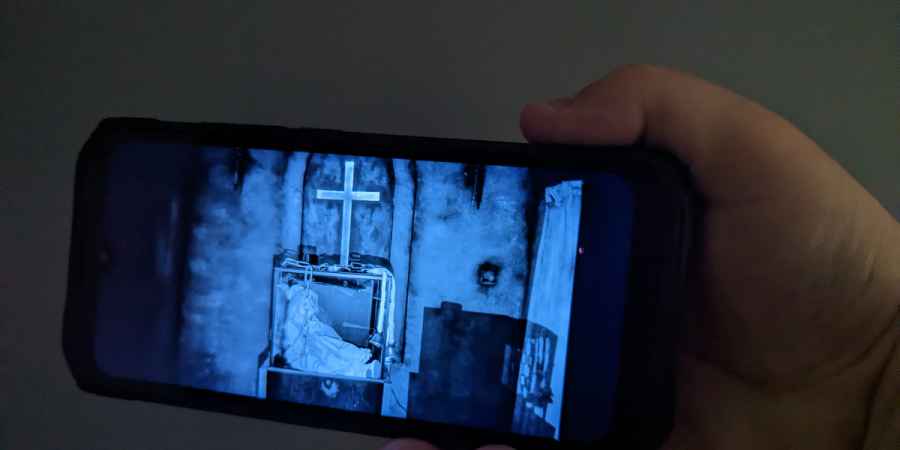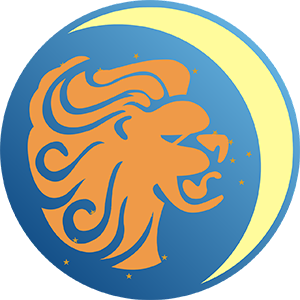Spirit Photography & Its Role In Paranormal Investigations
April 15, 2024 1:00 AM ‐ Paranormal • Ghost Hunting

Spirit photography involves the capture of images that are believed to show spirits or ghosts. This form of photography dates back to the late 19th century and, having evolved to keep up with new camera technology, remains a popular part of paranormal investigations to this day. The technique operates on the belief that cameras can capture images of spirits that are said to be invisible to the naked eye.
The origins of spirit photography can be traced to the 1860s, when a Boston engraver named William Mumler discovered what appeared to be a ghostly figure in the background of a self-portrait. This accidental image sparked interest, and soon, Mumler was in business, creating photographs that supposedly included images of the dead alongside the living. His business was helped along by those grieving after the American Civil War who were looking for comfort or proof of an afterlife.
Early spirit photographers believed that their cameras or the photographic plates themselves were particularly sensitive to spiritual energies. This sensitivity was thought to be enhanced by the photographer's own psychic abilities. The concept was that spirits could imprint their image on a photographic medium under the right conditions, particularly during séances where the veil between the living and the dead was said to be thinner.
Over the decades, spirit photography has evolved in response to improvements in camera technology, including digital cameras and smartphones. Today, many ghost hunters use various types of cameras in their investigations, hoping to capture evidence of paranormal activity. Some also use equipment that can capture types of light beyond human senses, such as infrared and ultraviolet. These devices are used based on the belief that spiritual entities might emit or interact with light at wavelengths outside of the normal visible spectrum.
The evolution of camera technology, with its improvements in image quality and the ability to produce instant photographs, has had a significant impact on spirit photography, though not necessarily in the way you might expect. Modern cameras provide high-resolution images that capture a greater level of detail than ever before. This can help investigators analyse images for potential paranormal activity, but the increased clarity also means that unintentional effects or manipulations are more easily spotted and debunked.
Digital photography offers the advantage of instant feedback through digital displays, allowing ghost hunters to review their photos immediately after they are taken. This can be particularly useful in paranormal investigations, as it enables investigators to respond in real-time to potential anomalies. If something unusual appears in a photo, they can attempt to debunk it on the spot, which is much easier than trying to debunk an image at a later date.
In fact, one of the biggest problems with spirit photography is that it's hard to prove the validity of a photograph after the fact. Even when an image is taken under controlled conditions and the photographer is trusted, it still might not be enough to fully convince someone of the photograph's paranormal nature unless they were present at the time of capture themselves. Being there at the time allows an individual to personally verify the conditions and context in which the photo was taken, ensuring that no normal explanations such as lighting effects, reflections, or unnoticed human presence could account for the anomaly.
A level of skepticism is, of course, justified when you consider that photographic anomalies, such as long exposures, can create effects that might be mistaken for paranormal phenomena. For example, a long exposure can make a moving person appear ghostly and semi-transparent in the final image. This was a common technique used to fake early spirit photographs, but even in the digital age, it remains a plausible explanation for supposed ghost photos, especially those taken in low-light settings where the camera takes a longer exposure shot to compensate for the lack of light.
The possibility of digital manipulation adds another reason to doubt alleged photographs of ghosts. With photo editing software readily available, even compelling images can be dismissed as fabricated. This ease of manipulation has made it even harder for spirit photography to be accepted as credible evidence.
Perhaps an even bigger issue that impacts the credibility of spirit photography is the problem of how something that is usually invisible to the human eye and capable of passing through solid objects can reflect light or otherwise influence a camera sensor to create an image.
Some ghost hunters think that spirits can, at times, materialise enough to interact with light, thus becoming visible to cameras. This could be a partial or full materialisation where the spirit briefly appears as a visual anomaly. Some paranormal researchers propose that spirits can manipulate ambient light or light from non-paranormal sources in order for cameras to capture it. Others suggest that spirits can directly influence or imprint their image onto the electronic systems of a camera, affecting the digital files being created.
During a paranormal investigation, the primary goal of spirit photography is to capture any anomalies that might suggest paranormal activity or ghostly presences at haunted locations, but it is also a way to document the investigation process and setting. Investigators might be hoping to capture apparitions, unexpected mists, or figures that were not visible to the naked eye at the time of the photo. Investigators often take pictures continuously or in response to specific cues, such as sudden drops in temperature, unexplained sounds, or readings from other equipment like EMF meters.
As well as regular cameras and infrared night vision cameras, there are a few other types of cameras that investigators use that might loosely be considered a form of spirit photography. These tools are intended to pick up on details that standard cameras might miss, such as images not visible in the normal light spectrum, which can be captured by full-spectrum cameras. The special type of modified camera is able to capture not only visible light but also infrared and ultraviolet light.
Investigators might also use a thermal imaging camera to pick up on slight temperature variations or spectral images not visible in the normal light spectrum. Another type of camera, an SLS (Structured Light Sensor) camera, can also be considered a form of spirit photography. It's a device used to detect and map spirits or ghostly figures by using 3D imaging technology. This technology projects infrared light dots and uses sensors to detect distortions in the grid, which are then interpreted as figures or shapes, potentially representing paranormal entities.
Like many aspects of the paranormal, spirit photography is heavily debated. Skeptics argue that many supposed spirit photographs can be explained by photographic phenomena like reflections, lens flares, or dust particles. Despite this, spirit photography often serves more as a point of intrigue and discussion rather than conclusive proof of the paranormal. There are countless famous photos that allegedly show images of ghosts that have been shaping and adding to stories of ghosts and hauntings for decades.
More Essential Parapsychology View All
Related Content
Daily Horoscopes
You May Also Like
























